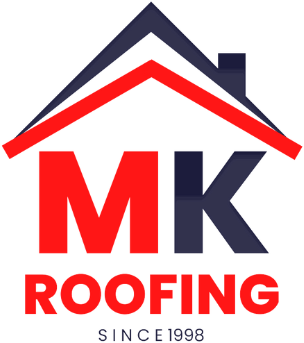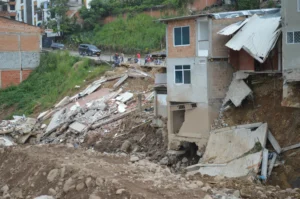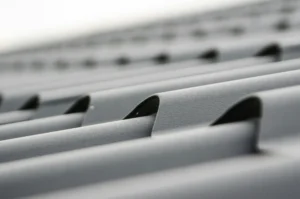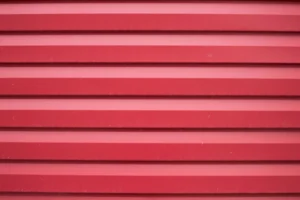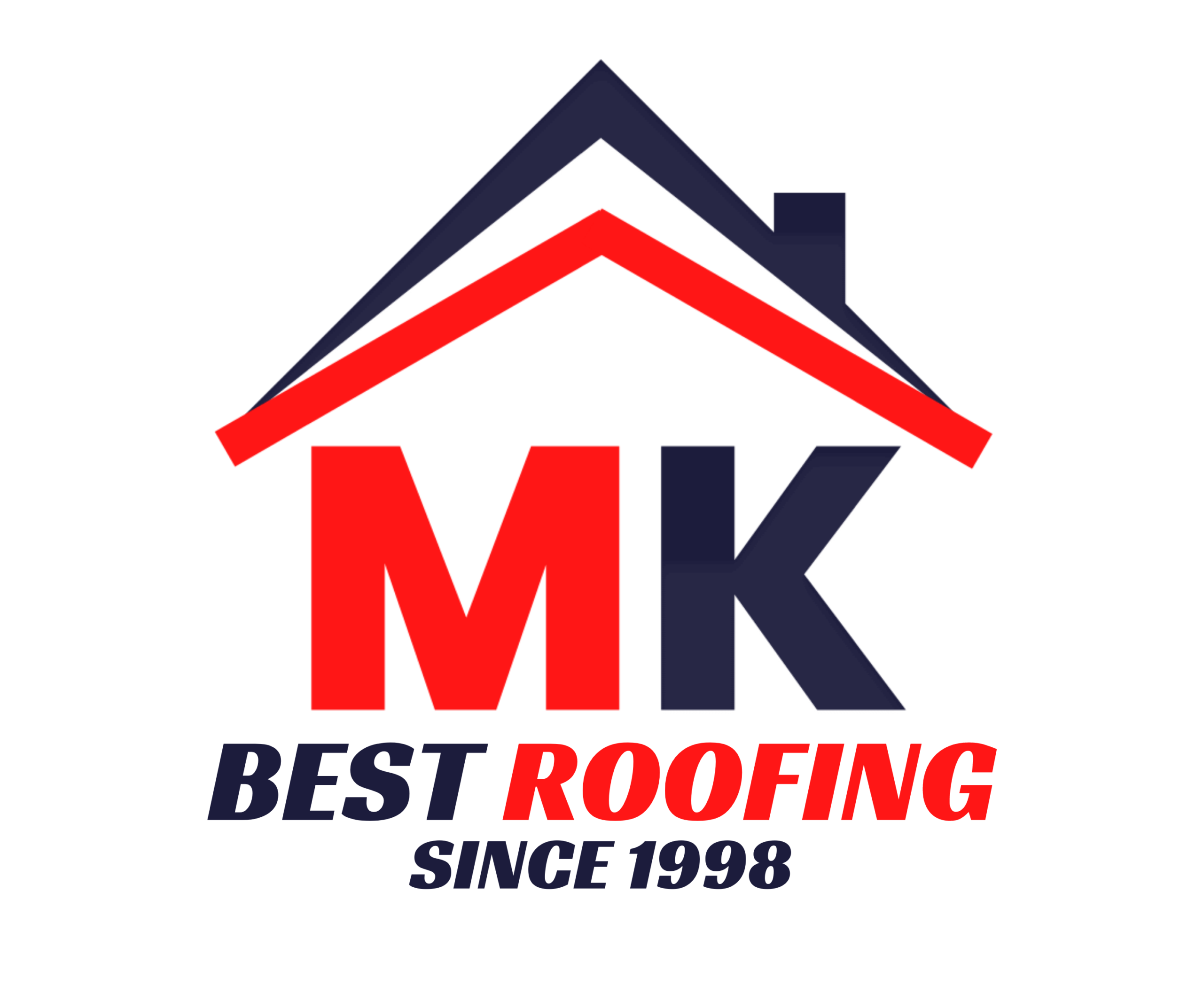A leaky roof is every homeowner’s worst nightmare, resulting in expensive repairs, and significant water damage. Even though the cost of having a roof accounts for only up to 2% of construction costs, it is worrying that over 70% of construction lawsuits are due to water intrusion which is caused by a roof failure. Detecting hard to spot roof leak causes like blocked gutters and poor ventilation in the attic is critical for the effective maintenance of a roof and avoiding stressful repair costs in future. In this blog, we will help you identify and deal with roof leaks, while also providing further information to protect your home and keep it dry.
Table of Contents
ToggleSigns of Hidden Roof Leaks
Roof leakages are most likely to be overlooked until extreme damage has occurred. Signs to note include water stains on the walls and ceilings that appear in brown or yellow color usually in irregular shapes. A constant musty odor could point towards mold growth due to the leakage. Moreover, you must also look for peeled off paint or wallpaper that is often bubbling due to moisture starting to bubble in certain regions. Sagging areas in the rooftops or ceilings may be due to accumulated moisture and if during rainfall water you hear dripping sounds, this might indicate a hidden roof leak.
Common Hidden Causes of Roof Leaks
Recognizing the following causes of roof leaks helps homeowners address minor issues early, preventing them from escalating into costly repairs.
Clogged Gutters
One of the main reasons a roof will develop a leak are clogged gutters. When the gutter is full of sticks, debris, dirt or even leaves, water overflows and seeps into the roof. This leads to the roofing materials to get damaged and with time, develop leaks. It is recommended to clean your gutters frequently to save your house from such disasters.
Damaged Flashing
Roof flashings serve to prevent water from leaking into the edges of the roof wherever the roof plane meets a vertical surface, these include walls, chimneys, or vent pipes. If the flashing is old or damaged, the seams become prone to leaks. You should examine your roof’s flashing for discoloration, wear, and gaps of corrosion or rust at least once a year.
Cracked Chimney
Chimneys may seem to be tough but are notorious for developing cracks. Also, cracked or eroded mortar joints can cause water to come through onto your roof. A chimney cap or waterproofing solution can help stop water from coming in.
Broken or Missing Shingles
If shingles are broken, loose or have been cracked, the roof deck will be exposed to the weather elements like rainfall and slow leading to roof leaks. Such damage can be due to bad weather conditions, debris, as well as aging. However, getting routine inspections done after bad storms can help to spot troublesome issues earlier.
Valley Seal Failure
A roof valley is the intersection of two planes which allows the rainwater to run off the roof. If the seal in the valleys is compromised due to aging, debris accumulation, or improper installation, water flow can seep underneath the roofing and cause leaks. It is important to keep the valleys clear of debris and check the seal on a regular basis.
Improperly Driven Nails
Placing nails too far, not far enough, or at wrong angles can weaken the roof structure. When nails are not placed deep enough, these small openings allow water intrusion into the roofing deck. Such tiny openings may be overlooked during the initial inspection but may gradually weaken the structures over time.
Deteriorated Skylights
Skylights may look appealing but if not checked or cleaned, they can be the source of leaks in your roof. Any form of cracks around a skylight which can be caused by the seal around it can allow water to enter the roof. In most cases, simply maintaining the seals and frames of your skylights solves the issue.
Ageing Materials
All roofing types have a lifespan, for example, asphalt shingles last up to 20 years whereas tiles or metal can last up to or more than 50 years. With time, a material becomes weak in resisting water, and this increases the chances of leakage. If leaky roofs are a concern, monitoring the condition of roofing materials and replacing them within the specified time can help.
The Role of Weather in Roof Leaks
Weather conditions contribute to roof leaks and water damage. Recognizing these effects enables proactive maintenance and effective prevention.
Effects of Ice Dams
Ice dams are created when heat from the house rises and melts the snow sitting on the roof. As the water flows down the roof, it refreezes along the edges forming an ice barrier. This barrier prevents proper water drainage and causes water to back up underneath the shingles. This water seepage under roofing materials can lead to roof leaks and damage the underlying structure. However, ice dams can be avoided by effectively insulating and ventilating the attic and removing the snow as soon as it gets accumulated on the roof.
Heavy Rain and Storm Damage
Heavy rains and storms may compromise the roofing drainage system, especially when the gutters are blocked or the downspouts are misaligned, leading to water pooling and leakage. Moreover, the strong winds during storms can loosen or detach roofing shingles, exposing underlying materials to moisture and developing roof leaks when water seeps into the compromised areas. Performing regular inspections and maintenance can help counter the damage.
Sun Exposure and Heat Damage
Prolonged exposure from sun weakens the roofing material, especially traditional asphalt shingles. It tends to make the shingles brittle, causing them to crack or curl. Apart from that, temperature alterations cause expansion and contraction that can affect the roof strength. Over time, gaps and cracks in the roof structure form, allowing water to permeate and cause leaks.
Preventive Measures for Roof Leaks
The following preventive steps can help you reduce the likelihood of leaking roofs and damage to your roof:
- Chimneys, eaves, and vents should be safeguarded with barriers, this will prolong the life of the roof as it would be better protected from harsh weather conditions.
- Get an annual roofing inspection done on a yearly basis to ensure that there are no roofing concerns left unresolved.
- Gutters should be cleaned out at intervals to prevent spilling and blockage. Also, if you are not able to clean your gutters often, purchase and install gutter guards.
- Preventing moisture accumulation which leads to leaking and mold growth can be practiced by ensuring a proper ventilation system in the attic. It will also assist in managing temperature indoors to save on hefty utility bills.
- Once the roofing is done, the next step is screwing on high quality flashings which are prefabricated. This is done to help control the direction of water away from the possible points of leakage.
- One of the effective roof protection methods is trimming of overhanging tree branches that may damage the roof during strong winds. This will also assist to deter the pest from settling on the roof.
- Try to make sure that you deal with any minor issues in the roofing such as misplaced shingles or broken sealants immediately so they don’t escalate into bigger roofing issues.
Conclusion
In a nutshell, your roof is highly susceptible to damage by the weather if left unchecked, which in the long run can cause leaks as well. Heavy rainfall, ice storms, strong winds and hot sunny days are all severe threats that require attention to tackle them. Addressing minor roofing issues initially helps in extending the lifespan of the roof as well as lowers the amount of money you’d have to spend on costly repairs in future. Cleaning the gutters, reinforcing shingles, getting proper insulation, and scheduling regular roof maintenance are all great practices to protect the roof from harsh weather conditions.
FAQs
How does cracked flashing lead to roof leaks?
Cracked flashing, which is used to seal joints to reduce water penetration into the roof structure can damage as a result of corrosion or improper installation, leading to water seepage into the roof and development of roof leaks. Therefore, early detection will mitigate the damage incurred.
Why are broken shingles a concern for roof integrity?
If there are cracked or missing shingles, the underlying roofing is exposed and vulnerable to the elements. This can cause water to penetrate and cause roof leaks if not addressed promptly. Over time, the exposed areas may also weaken due to prolonged sun damage, worsening the issue.
What role does poor ventilation play in causing roof leaks?
It’s a known fact that excessive moisture accumulation in the attic due to poor ventilation can weaken the roofing material and encourage mold growth, which in turn causes roof leaks. In addition, inadequate ventilation also contributes towards a shorter lifespan of the whole roofing system.
How can blocked gutters contribute to roof leaks?
Water pools at the surface of the roof when debris clogs the gutters making it difficult for water to drain. Stagnant water has a higher chance of leakage because it can seep through the seams and joints in the roofing material. Eventually, the edge of the roof and the fascia are also affected by the water damage.
